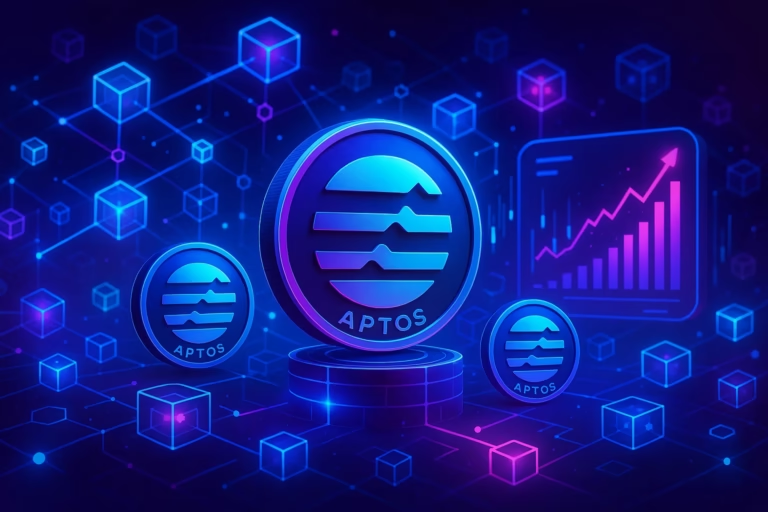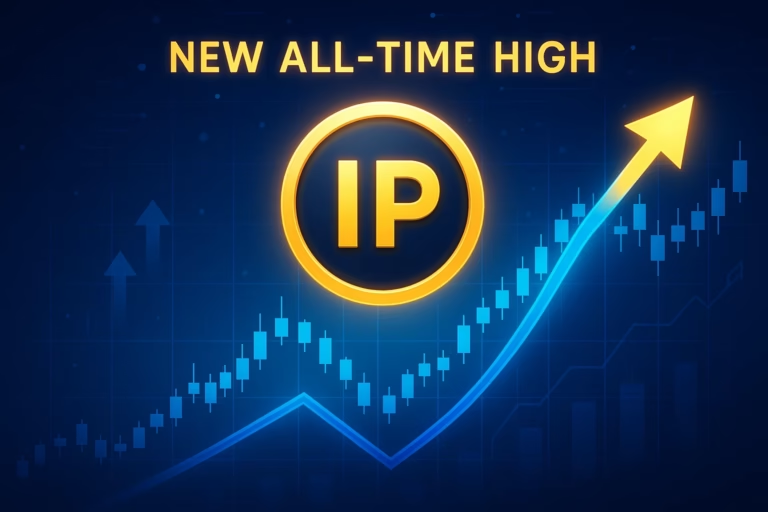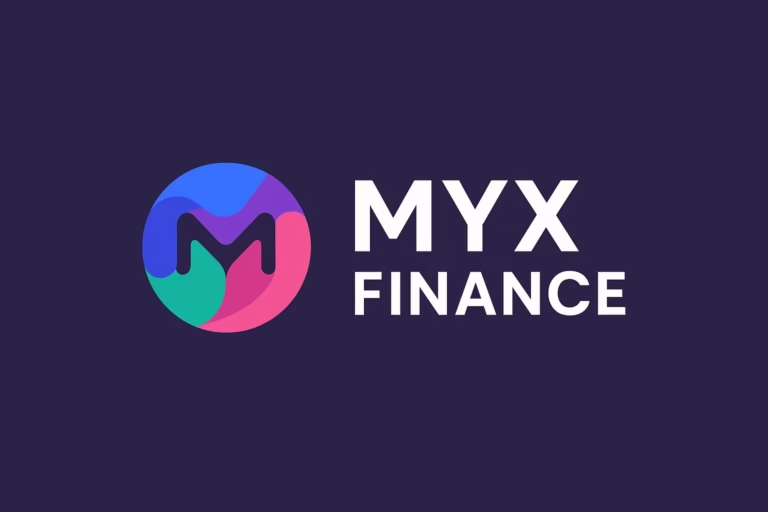
- Ripple is expanding the use of RLUSD causing concerns over XRP’s shrinking role in payments and liquidity across the network
- Ripple executives maintain that RLUSD offers stability while XRP remains key for fast decentralized transactions
Ripple’s new stablecoin, RLUSD, has quickly gained traction in the crypto world, leaving many to wonder if it’s replacing XRP or if both assets can coexist in the long run. CEO Brad Garlinghouse and other Ripple executives have weighed in, insisting that the two tokens serve distinct purposes within Ripple’s payments ecosystem. However, analysts and community members divide over what this means for XRP’s future role.
Ripple RLUSD Takes Center Stage
Since its debut in December 2024, RLUSD has been on a remarkable upward trajectory. It recently secured a listing on Gemini, one of the largest U.S.-based exchanges, pushing its market cap to $317 million with a daily trading volume of $52 million. This rapid growth has led some to question XRP’s place in Ripple’s strategy, especially as RLUSD becomes increasingly prominent in Ripple Payments.
Crypto influencer All Things XRP suggests that the two assets are meant to complement each other. While RLUSD offers price stability, XRP continues to shine with its speed and efficiency, though it remains volatile. The ideal scenario, according to this view, is a balanced ecosystem where both tokens coexist, each fulfilling a specific role.
ALSO READ:XRP Price Flirts With $2 gaining 3.14% in the last day, Will Bulls Regain Control?
XRP’s Shrinking Role?
Despite Ripple’s assurances, some in the crypto community believe they are gradually diminishing XRP’s role. Elena Schoen, a self-styled “Chain Detective,” pointed out that XRP seems increasingly relegated to handling transaction fees, while RLUSD takes over more substantial functions such as liquidity provision, cross-border transactions, and institutional settlements.
Schoen’s concerns highlight a shift in how Ripple might be positioning its assets. With RLUSD handling more complex tasks, XRP’s liquidity and market value could face challenges, leading to speculation about whether the token’s utility is at risk of fading over time.
Ripple appears to be slowly reducing the role of XRP down to basically transaction fees. Is this enough? Please read Ripples site, and be able to back up your thoughts. 'Cause transaction fees are the only absolute reason XRP is needed. RLUSD can be used for everything else.…
— Elena (@ElenaSchoen_) May 7, 2025
Ripple Executives Defend Dual-Token Strategy for XRP and RLUSD
Ripple has made it clear that XRP and RLUSD are not in competition but rather part of a deliberate dual-token strategy. Brad Garlinghouse emphasized that RLUSD provides a stable, U.S. dollar-pegged alternative for institutional transactions, while XRP acts as a crucial bridge asset for speed and decentralization.
Ripple President Monica Long has also reiterated that businesses won’t be forced to choose between the two. Whether a company values speed or stability, Ripple aims to provide the right solution for each need. Ripple CTO David Schwartz further clarified that XRP remains vital because it offers technical advantages like auto-bridging, pathfinding, and its decentralized nature, ensuring no jurisdiction can freeze or control it.
ALSO READ:Will Pi Network’s 231M Token Unlock Lead to a Price Crash?
A Coexistence of Purposes
As RLUSD rises in prominence, its integration into Ripple Payments by the end of 2025 raises important questions. However, Garlinghouse, Schwartz, and Long remain steadfast in their belief that both tokens will play important roles in Ripple’s evolving ecosystem. While RLUSD offers stability and reliability, XRP’s unique characteristics continue to make it an indispensable asset for decentralized finance and cross-border transactions. Therefore, the future of Ripple’s ecosystem may not be about one asset replacing the other, but rather about each fulfilling its own purpose.
DISCLAIMER:
The views and opinions expressed herein are solely those of the author and do not necessarily reflect the views of the publisher. The publisher does not endorse or guarantee the accuracy of any information presented in this article. Readers are encouraged to conduct further research and consult additional sources before making any decisions based on the content provided.




